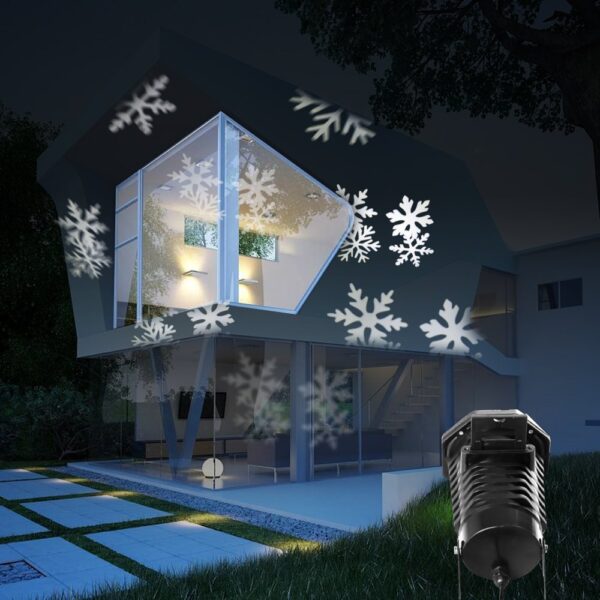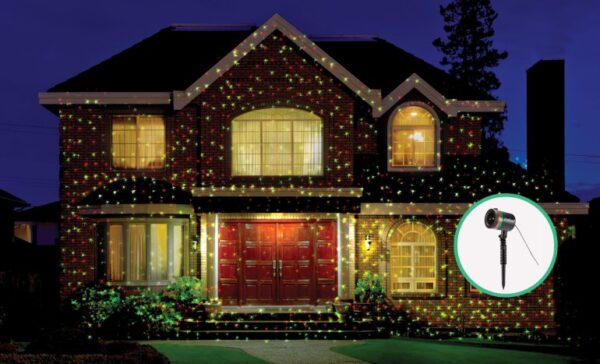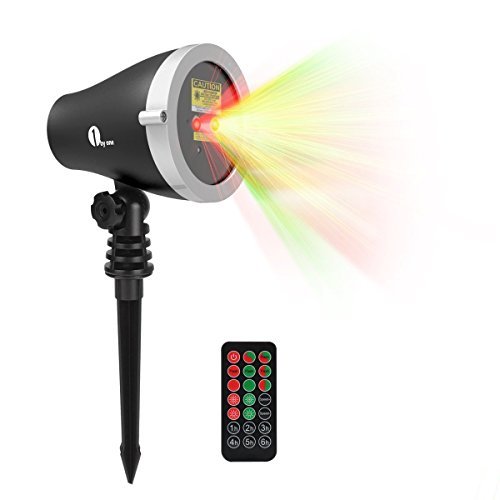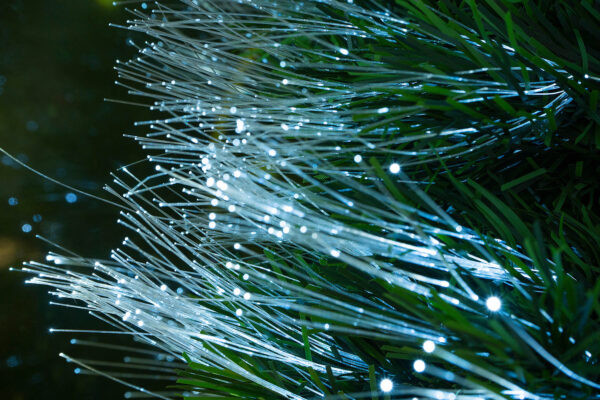Decorating a Christmas tree is a cherished tradition in many households, but achieving the perfect balance between too sparse and overly adorned can be a challenge. The optimal number of ornaments for your tree depends on several factors, including tree size, ornament size, and personal aesthetic preferences. This guide aims to provide you with a formula and expert tips to determine the ideal number of ornaments for your Christmas tree, ensuring it shines in all its festive glory.
Understanding the Basics
Tree Size Matters
The size of your Christmas tree is the primary determinant of how many ornaments you will need. A taller or wider tree naturally requires more ornaments to achieve a full, balanced look.
Ornament Size Variation
Ornaments come in a variety of sizes, from small baubles to large statement pieces. A mix of sizes adds depth and interest to your tree but also affects the total number of ornaments used.
Personal Aesthetic
Your decoration style—whether minimalist, traditional, or maximalist—plays a significant role in how many ornaments you’ll prefer. Minimalist styles might require fewer ornaments for a clean look, while maximalist styles revel in abundance.
The Formula for Ornamentation
While there’s no one-size-fits-all answer, a general formula can help you start planning your tree ornamentation:
- For every foot of tree height, plan for approximately 10-15 large ornaments, 15-20 medium ornaments, and 25-30 small ornaments.
This formula is flexible and can be adjusted based on your preferences and the specific look you’re aiming for.
Tips for Achieving Ornamental Balance
Start with a Theme
Decide on a color scheme or theme before you start decorating. This will guide your ornament selection and placement, creating a cohesive look.
Distribute Evenly
Begin with your largest ornaments, spacing them evenly around the tree. Fill in gaps with medium and small ornaments, ensuring even coverage and depth.
Play with Texture and Finish
Incorporate ornaments with different textures and finishes (matte, shiny, glittery) to add visual interest. This variety can make even a simple color scheme pop.
Don’t Forget the Interior
Placing some ornaments closer to the trunk can create a sense of fullness and sparkle as lights reflect off them. This technique also adds dimension to your tree.
Consider Lighting
Integrate your ornaments with your lighting scheme. Placing ornaments near lights can enhance their sparkle and visibility, especially reflective or translucent pieces.
Additional Considerations
Tree Type
The type of tree (real vs. artificial) might influence ornament placement and number. Artificial trees often have uniform branches that can support more ornaments, while real trees may require careful placement due to variable branch strength.
Safety First
Ensure your tree and its stand can safely support the weight of your ornaments. Distribute heavier ornaments lower on the tree to maintain stability.
Personal Touches
Don’t forget to include special or sentimental ornaments. These unique pieces should be given prominent placement, regardless of the overall theme or color scheme.
Decorating your Christmas tree is a personal and creative process, and the “right” number of ornaments is ultimately what best reflects your style and the festive spirit you wish to convey. By starting with a base formula and adjusting for your tree’s size, ornament sizes, and personal aesthetic, you can create a beautifully decorated Christmas tree that is uniquely yours. Remember, the goal is to celebrate the season and enjoy the beauty of your holiday centerpiece.








